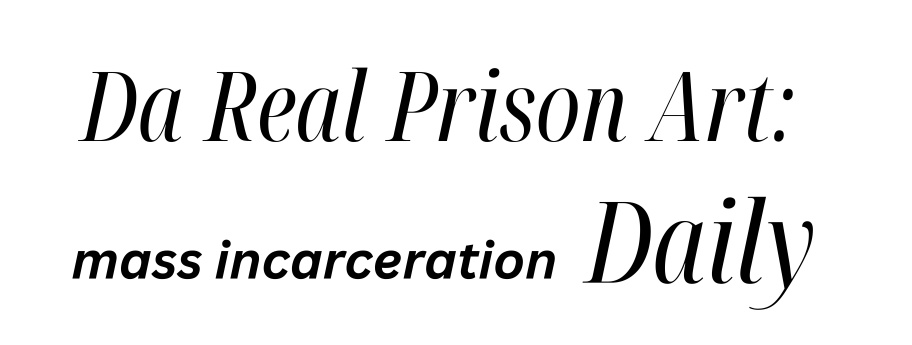
Disparate treatment of minorities by the judicial system is not a construct of modern institutions. Irish defendants and victims faced harsher treatment and outcomes at London’s Old Bailey in the 19th century. Lessons from this period can help to inform criminal justice policy today.
Minorities tend to be over-represented among the (accused) offenders in the criminal justice system. In the UK, where 15% of the population are non-white, 37% of those stopped and searched, 23% of those arrested and 27% of the prison population are non-white (Ministry of Justice, 2021).
This mirrors the disparate treatment and discrimination that ethnic minorities face in many aspects of life, not just in the criminal justice system, but also in the labour market, housing and consumer markets (Lang and Kahn-Lang Spitzer, 2020; Yinger, 1998).
Such unequal treatment may be particularly likely when minority groups are under-represented among decision-makers. Indeed, within the criminal justice system, only around 7% of police officers and 10% of judges are non-white (Ministry of Justice, 2023).
Such asymmetries are not limited to the UK. They are also seen starkly with respect to race in the United States, for example (Anwar et al, 2012; Anwar et al, 2022).
Neither are they limited to modern times. In fact, they were explicitly built into legal systems of the past, when minority groups did not even have the right to serve on juries, as was the case in Britain during the 19th century.
Insights from history
The 19th century was a period of rapid change for the Irish in London (and beyond). During the first half of the century, the number of Irish living in London increased quickly due to the Irish potato famine (1846-52). Arriving as poor migrants, they became a poor underclass – with persistent wealth gaps that were traceable until recently (Cummins and Ó Gráda, 2022).
The latter half of the 19th century was characterised by political unrest and growing desires for an independent Ireland. The campaign for self-governance eventually involved violence and a series of bombing attacks by the Irish Republican Brotherhood in London during the 1880s.
Anecdotal evidence of bigotry towards the Irish can be found throughout the century, documenting open discrimination, such as in the labour market with the ’No Irish Need Apply’ campaign.
Recent research tests empirically whether this discrimination carried over to the courtroom (Bindler et al, 2023). To be precise, one study asks whether jurors – male, born in England and of sufficient wealth – treated Irish defendants and victims differently from their English contemporaries.
It uses data from about 150,000 trials at London’s Old Bailey Central Criminal Court between 1800 and 1899. These are based on a digitised version of The Proceedings of the Old Bailey (Hitchcock et al, 2013).
The original version was published after each court session and included information about the names of defendants and other courtroom participants, charges and case outcomes. Since a defendant’s ethnic origin was not explicitly recorded, the 1881 Census of England and Wales (Woollard and Schurer, 2000) was used to calculate the propensity that a given name is Irish, English or neither, and classify defendants and courtroom participants into these categories.
This allows a comparison of court outcomes for Irish-named defendants and victims, and their English-named counterparts.
What does the evidence tell us?
- Throughout the century, Irish-named defendants were treated more harshly by juries – juries were more likely to convict them and less likely to recommend mercy in sentencing.
- These disparities originated in the second quarter of the century and persisted through the fourth quarter of the century.
- Disparate outcomes were larger for violent offences, but they were also seen for property crimes.
- Defendants with more distinct Irish names were treated even more harshly.
- The disparate treatment is not explained by other (observable) traits associated with Irish names, such as Irish county of origin.
The historical context allows us to study other parties in the courtroom too. The results are consistent with an under-representation of the Irish minority among decision-makers and with biases of the (England-born) jurors, favouring English-named defendants.
For example, there were also spillovers in animosity, as English defendants were more likely to be convicted when they had Irish (versus English) co-defendants. Similarly, there were ‘in-group versus out-group biases’ – the gap in conviction rates was driven by cases with Irish defendants and English victims, while conviction rates were somewhat lower for English defendants with Irish victims.
There was also a lack of representation in the courtroom. Few jurors had Irish names and many courtroom sessions had no Irish-named jurors.
Events throughout the 19th century – negatively selected migration flows, political unrest and bombing attacks – are not unlike modern-day phenomena. Anecdotally, they affected the perceptions and attitudes of the public towards the Irish.
Indeed, the gap in conviction rates between Irish and English defendants opened up and grew during the period of the potato famine. But this pattern didn’t apply for the period of bombings in the 1880s.
Why did these events have contrasting impacts? Perceptions in the 1840s and 1880s may have been different to start with – with those in the 1880s being influenced by the previous decades.
Another possibility relates to the nature of the events: the bombings may have seemed less generalisable to the Irish population as a whole and easier to attribute to specific individuals who could be held accountable.
Finally, the 1880s bombing attacks occurred during a period of economic assimilation of the Irish in London, which could have had a counteracting effect.
The unequal treatment of the Irish in the courtroom is just one example of judicial decision-making biases that existed during this historical period. Additional research studying the Old Bailey Proceedings has found that court outcomes are determined by many factors that should not enter into the deliberations, including defendants’ gender, the expected punishment and even the outcomes of the previous trial (Bindler and Hjalmarsson, 2020; Bindler and Hjalmarsson, 2018; Bindler and Hjalmarsson, 2019).
What are the lessons for today?
Studying London court records from this period shows the disparate treatment of a sizable migrant group, the Irish, by the legal system during the 19th century.
This disparate treatment coincides with a lack of representation in the legal system, and did not only affect Irish defendants but also Irish victims. Combined with contemporaneous empirical evidence on racial disparities and lack of representation in the US context, the evidence strongly suggests that minority representation matters for building a fair criminal justice system.
This research looks at the direct effect on Irish defendants and victims, but it is not implausible that the discrimination against Irish people in the legal system could have had longer-run adverse effects on families and communities of Irish heritage. This is a question that we cannot answer yet but may equally hold for today.
Where can I find out more?
Who are experts on this question?
- Anna Bindler, University of Cologne
- Neil Cummins, London School of Economics (LSE)
- Randi Hjalmarsson, University of Gothenburg
- Steve Machin, LSE
- Cormac Ó Gráda, University College Dublin
Authors: Anna Bindler (University of Cologne), Randi Hjalmarsson (University of Gothenburg), Stephen Machin (London School of Economics and Political Science), Melissa Rubio (University of Cologne)
Photo by playphoto for iStock
This post was originally published on this site be sure to check out more of their content.






